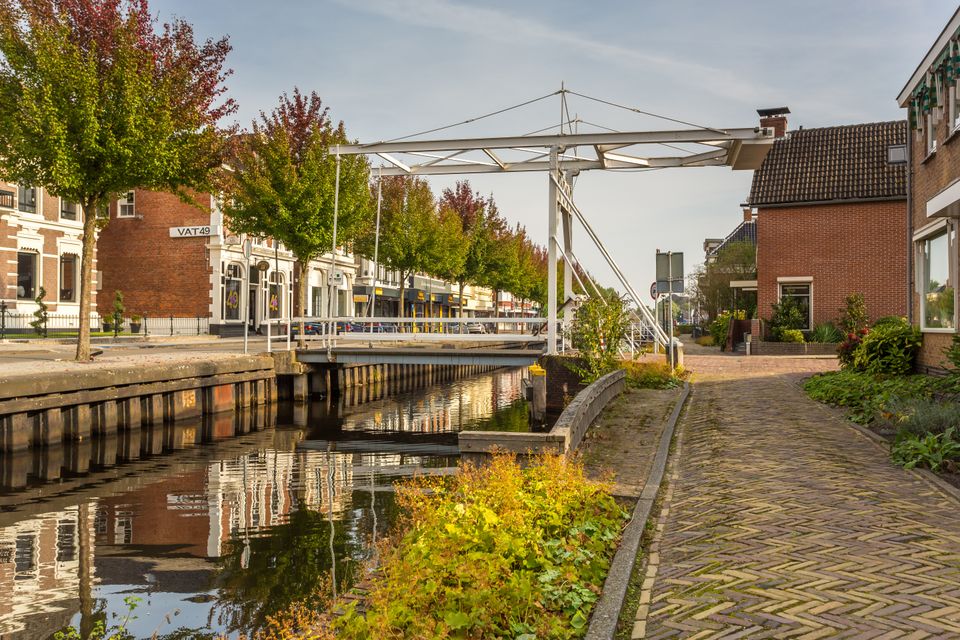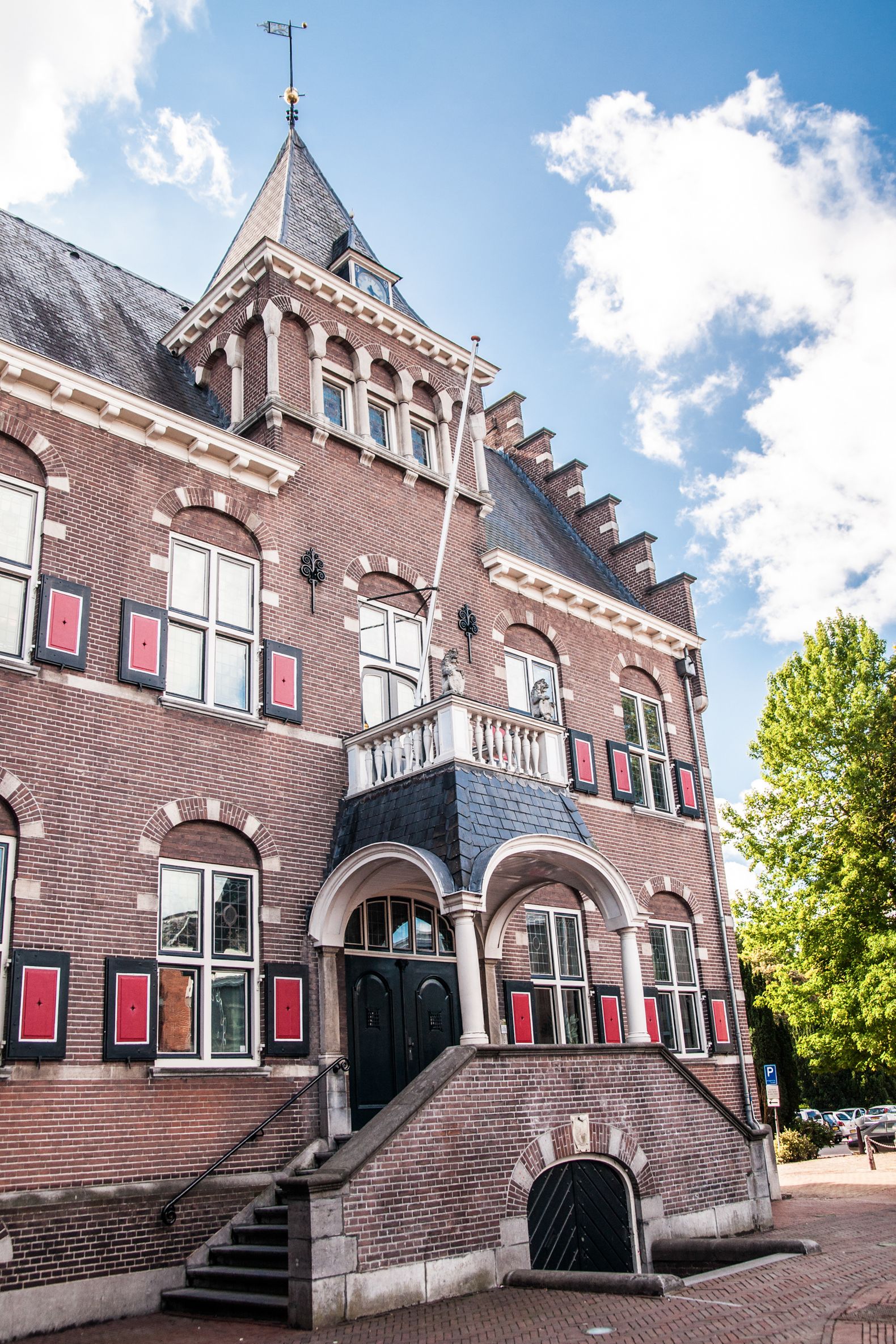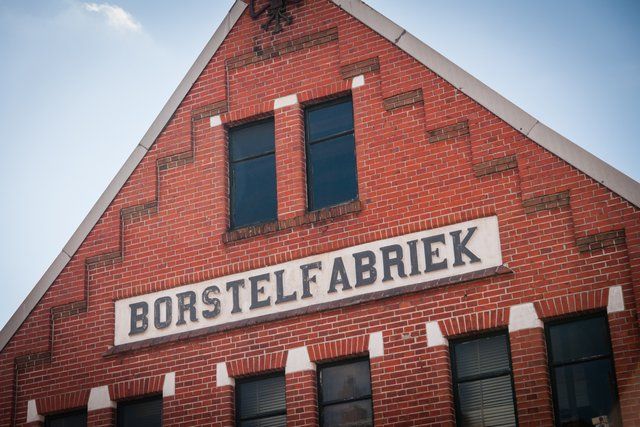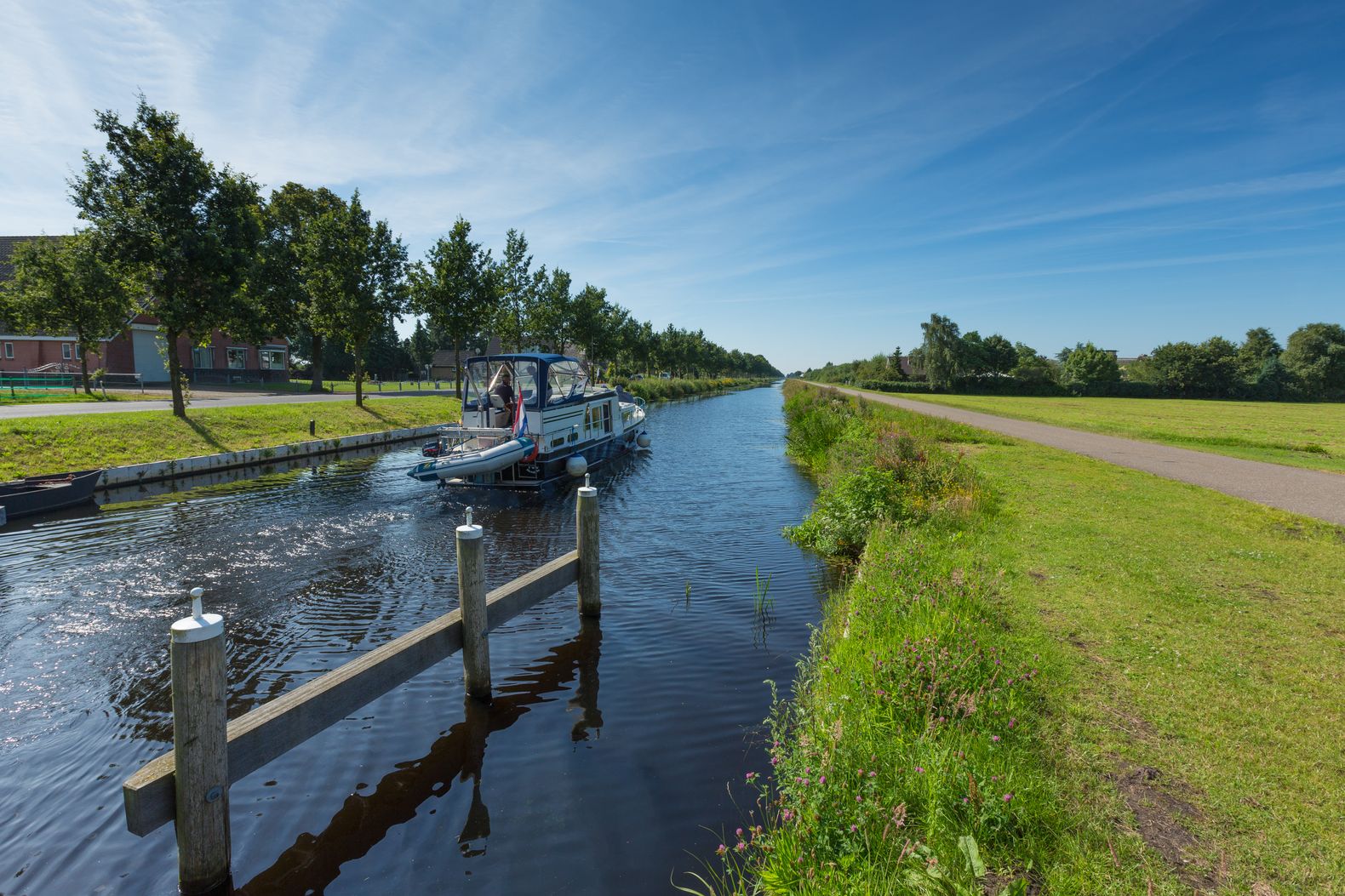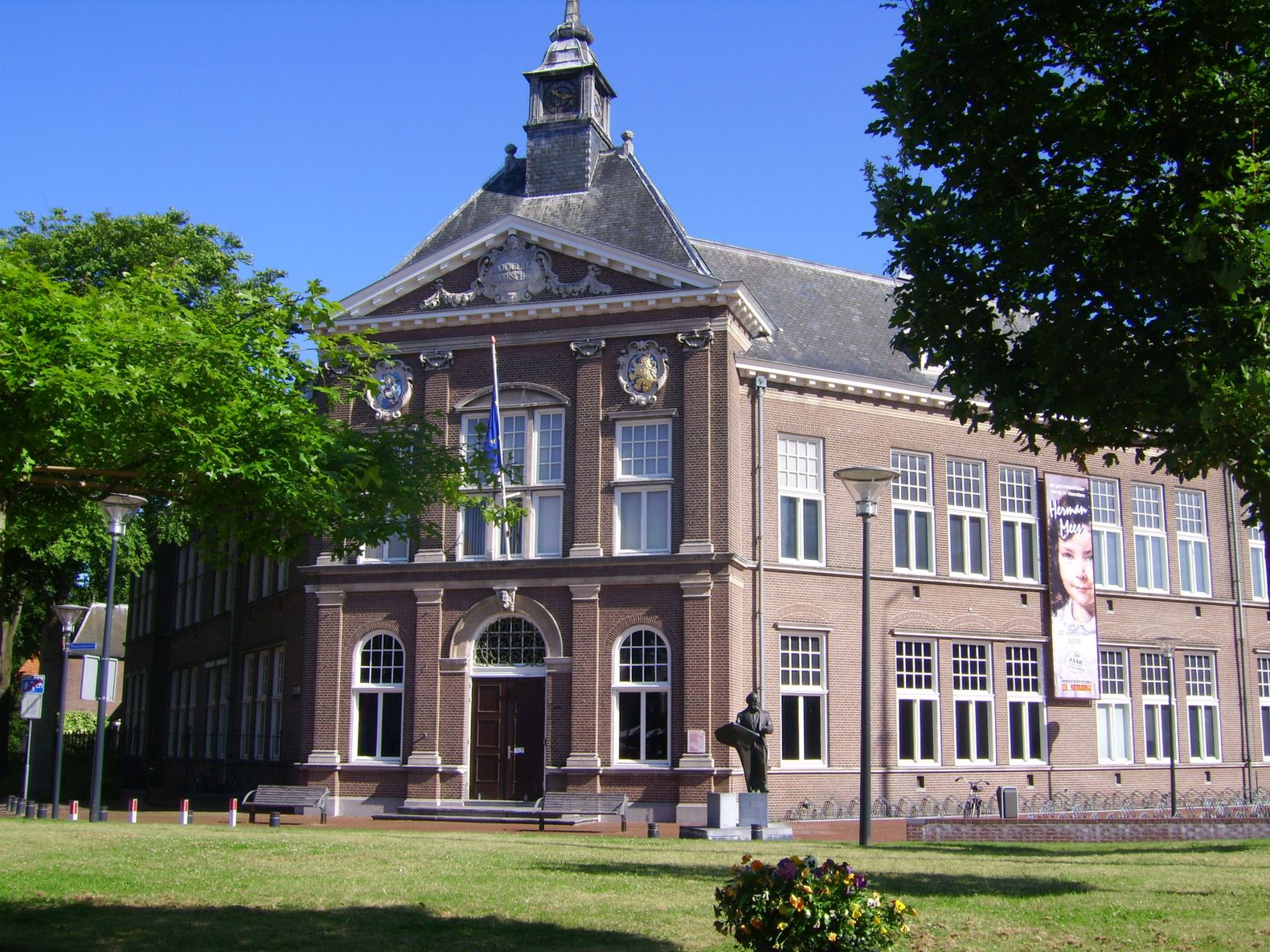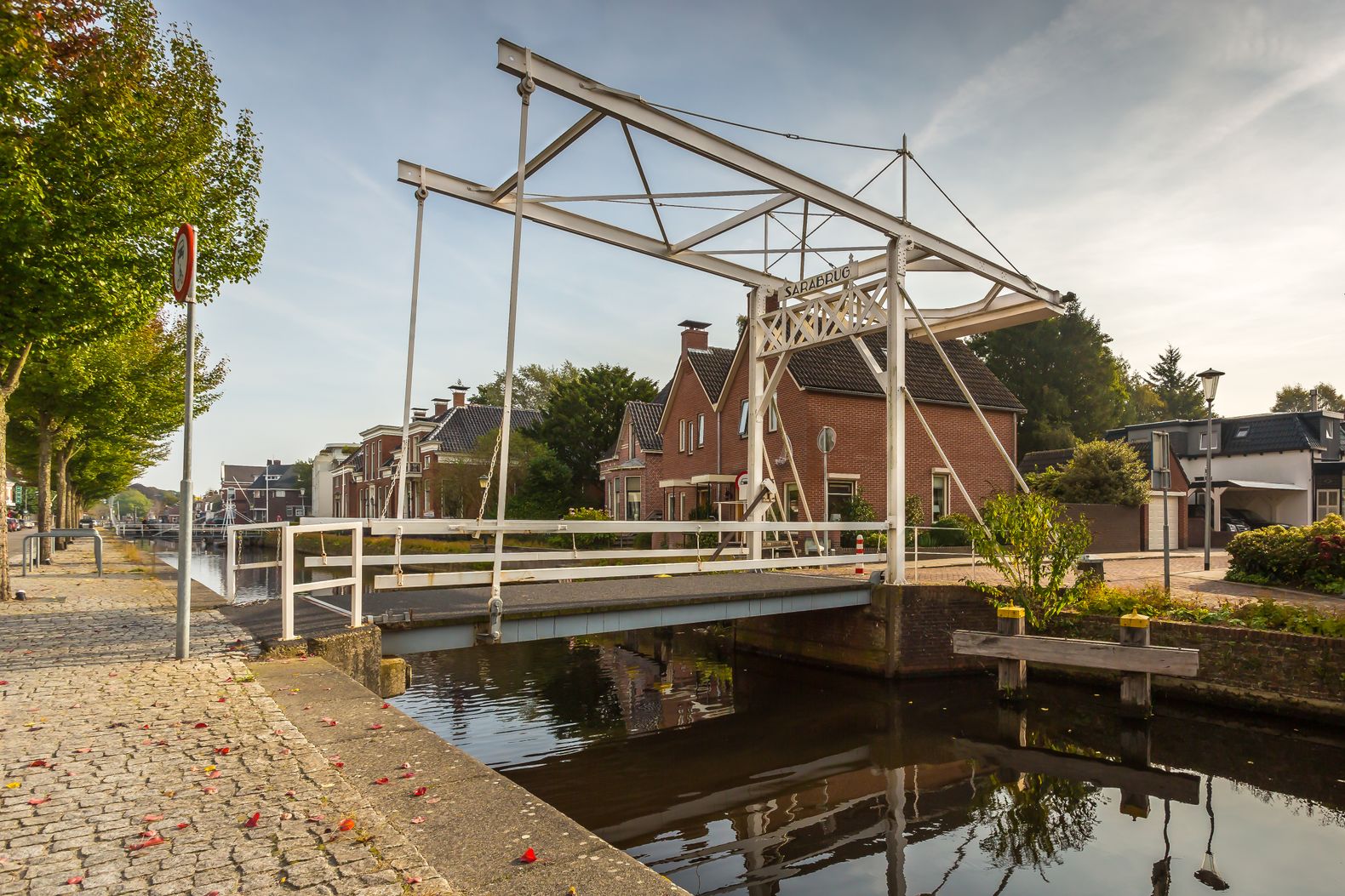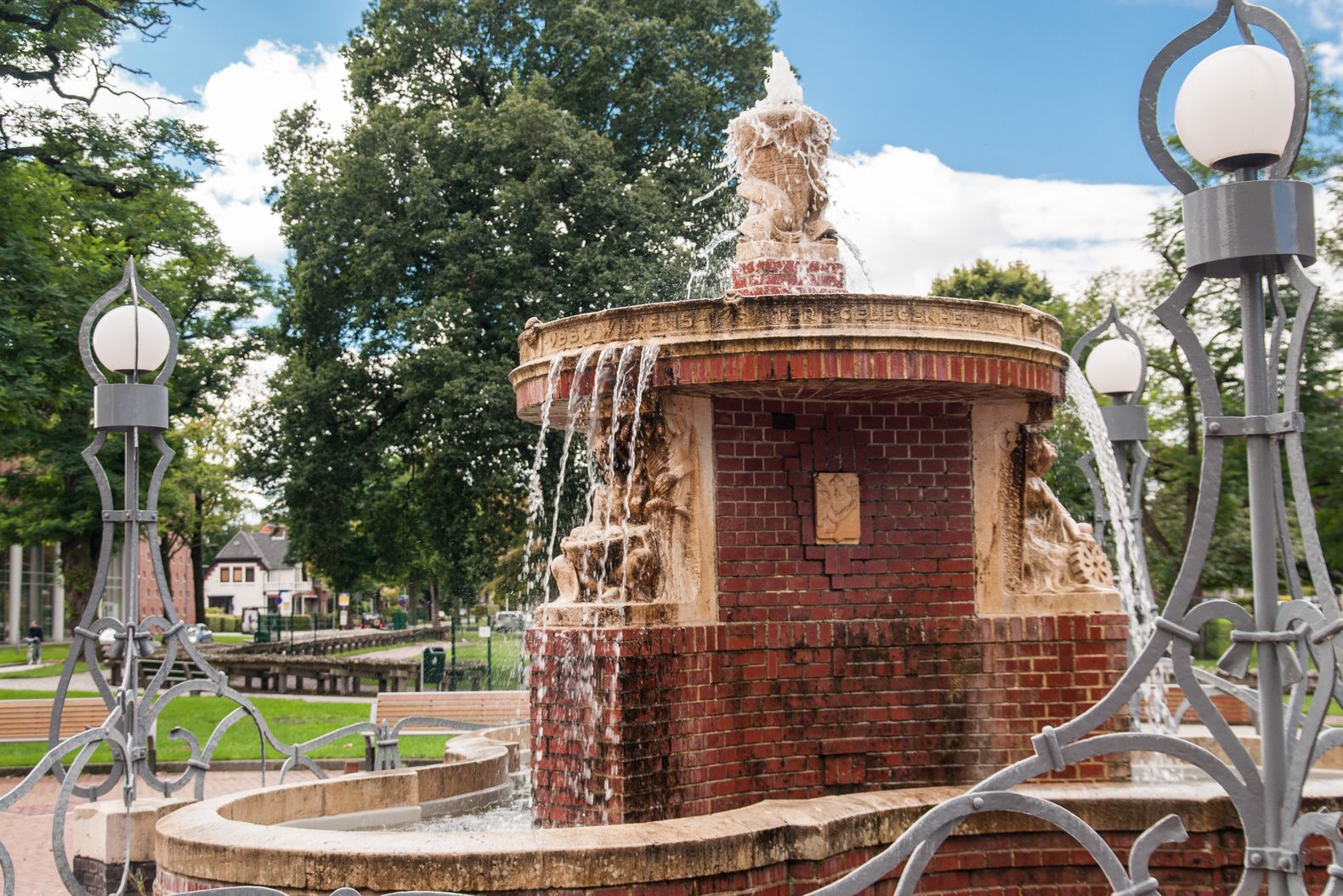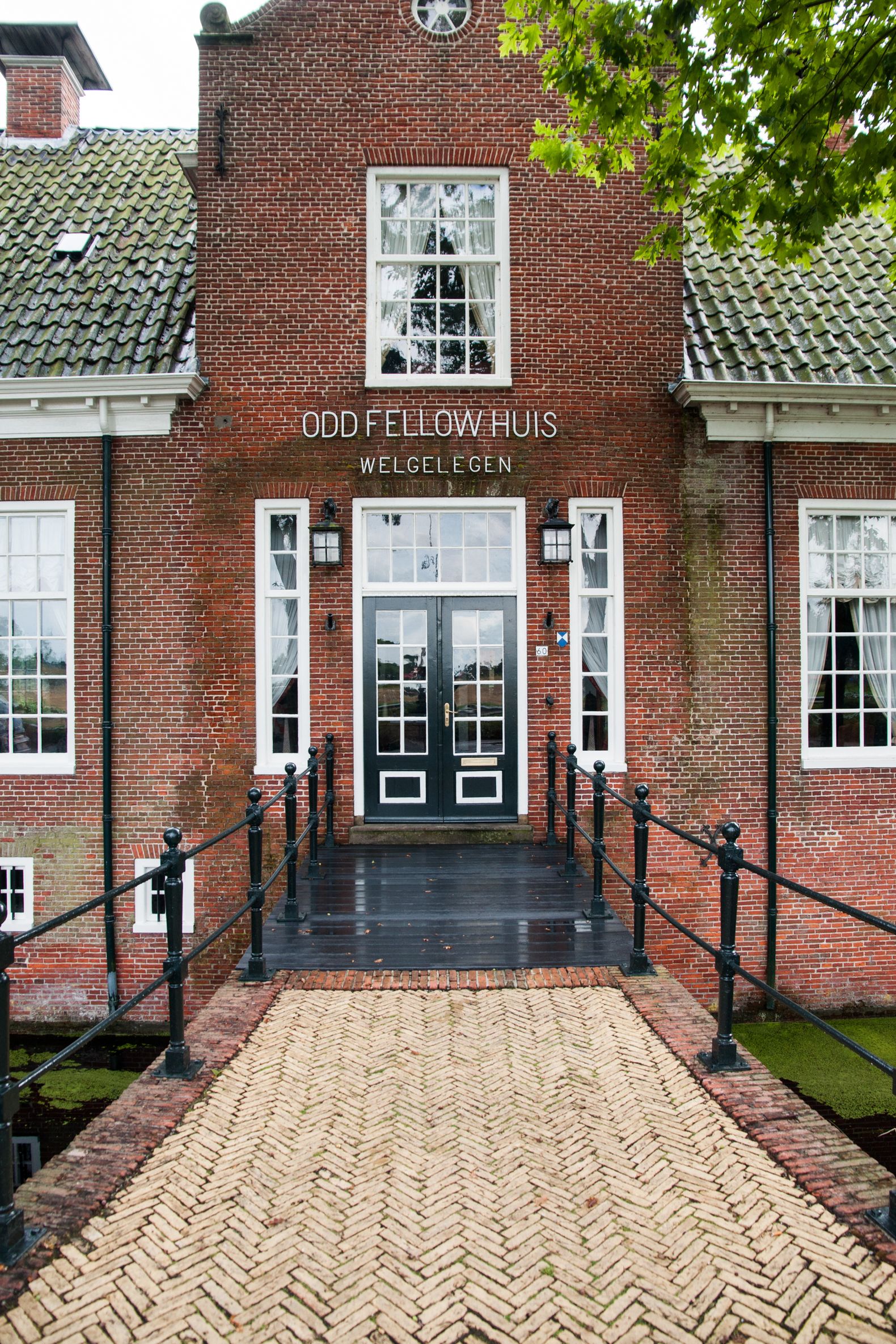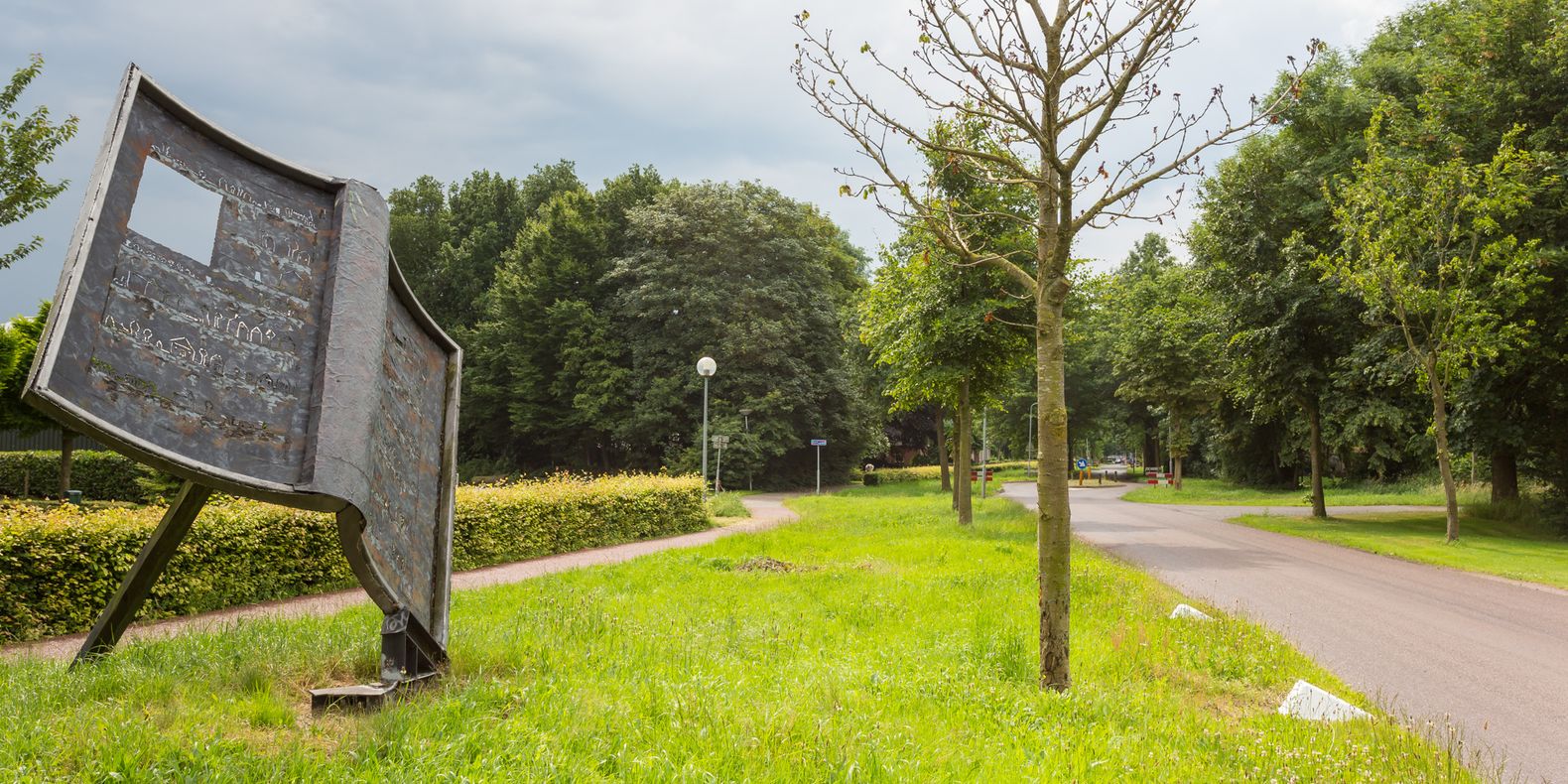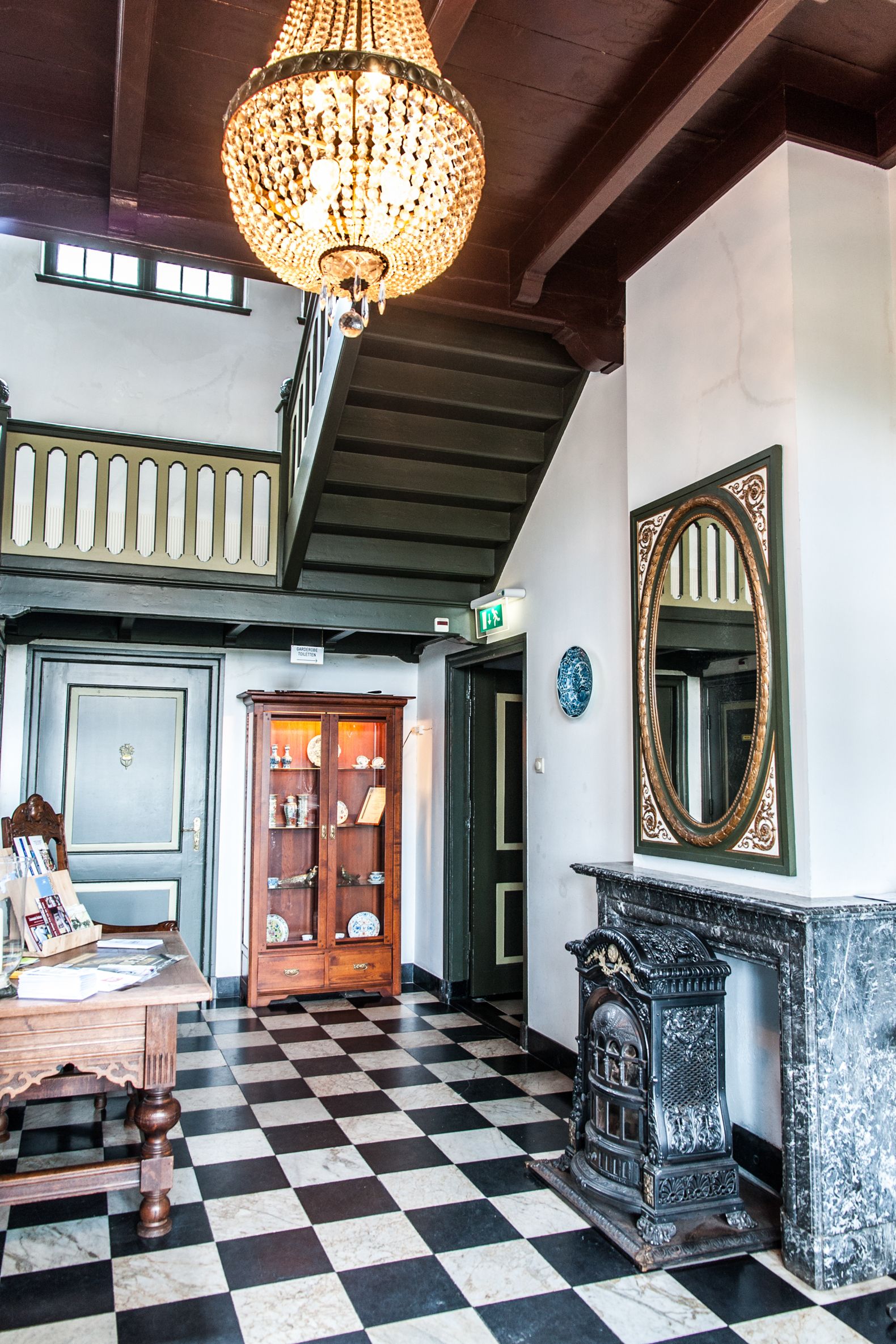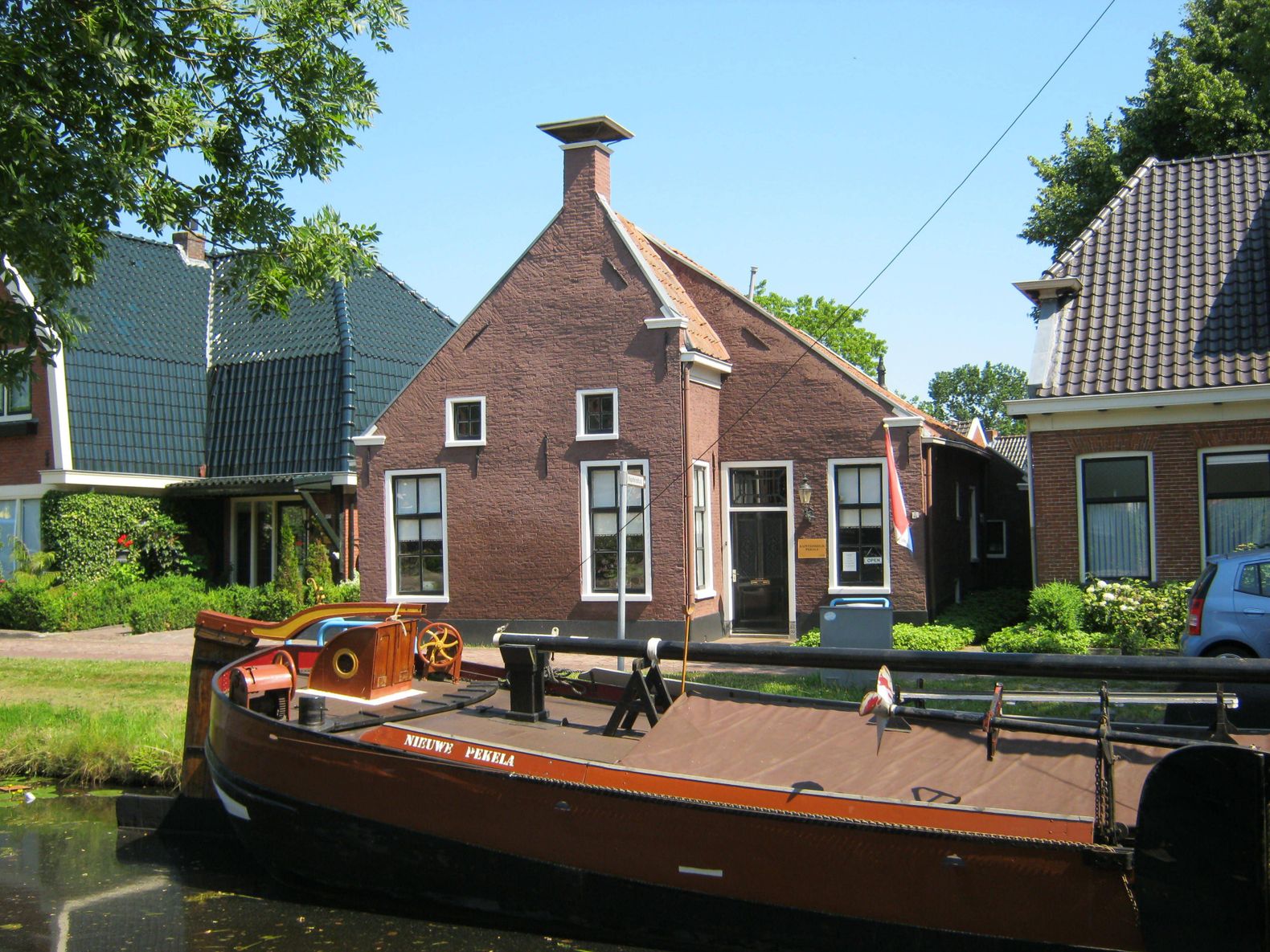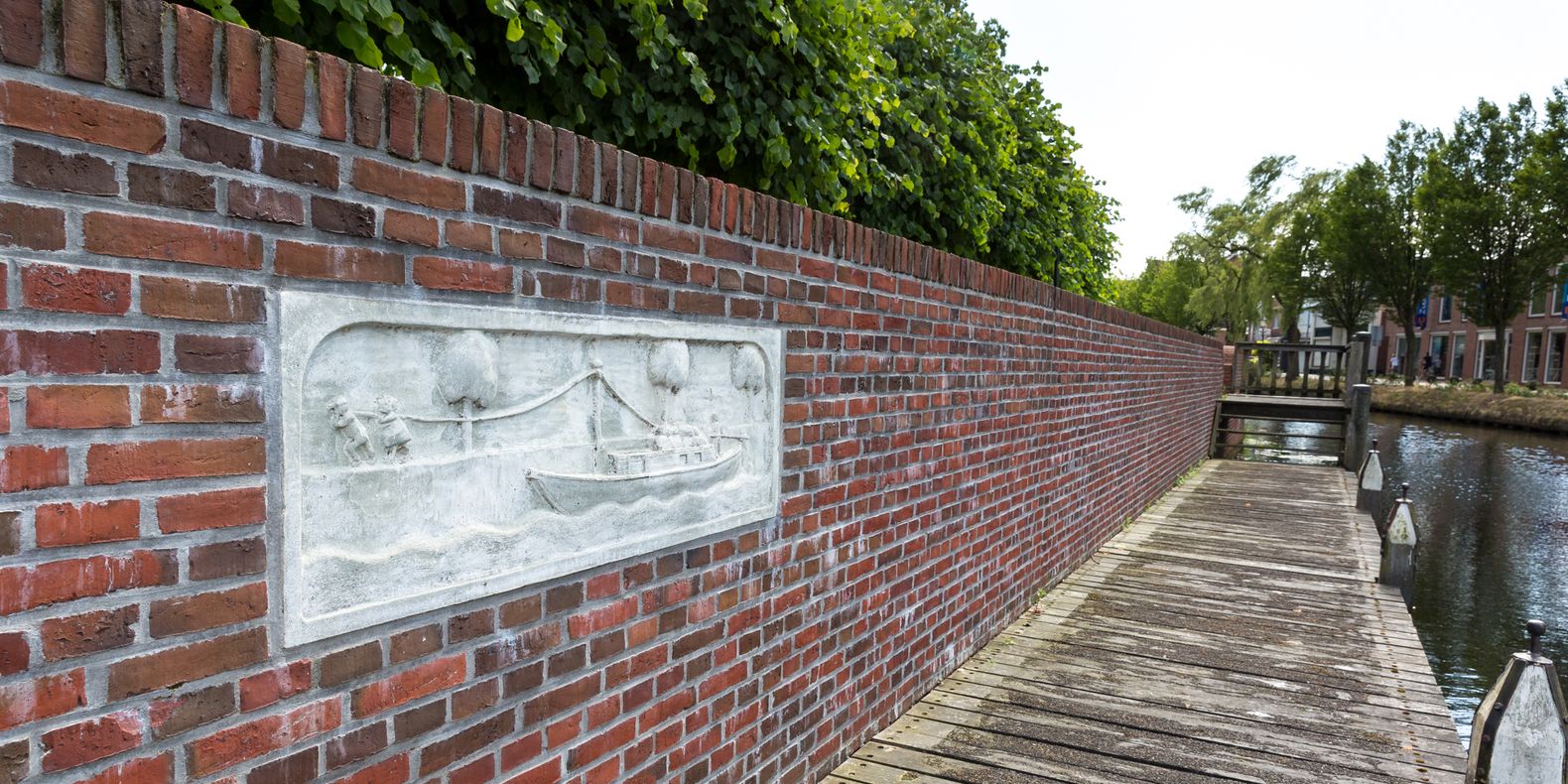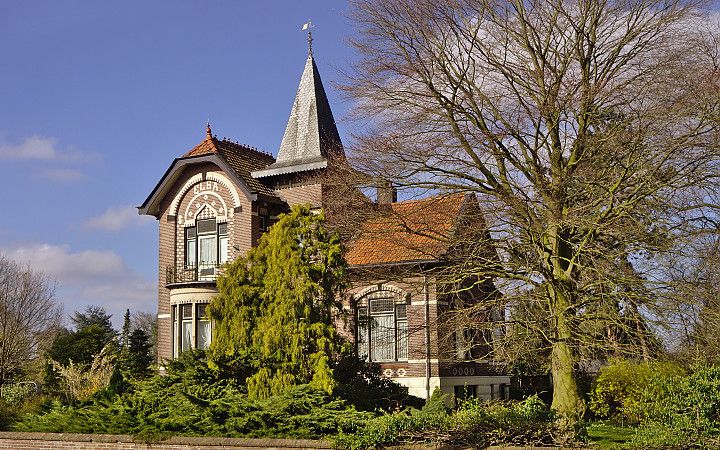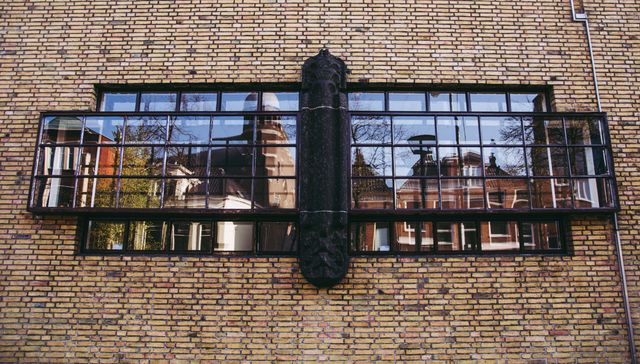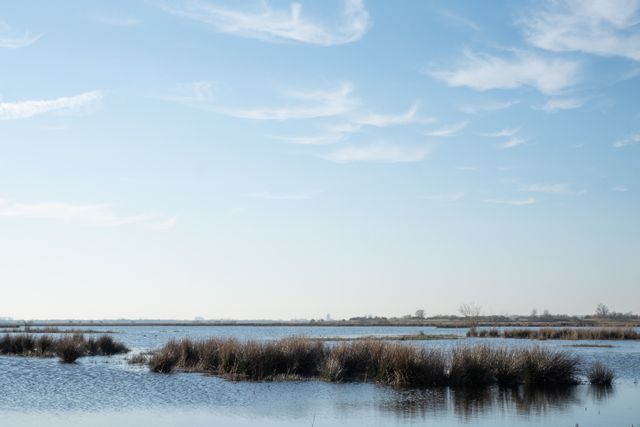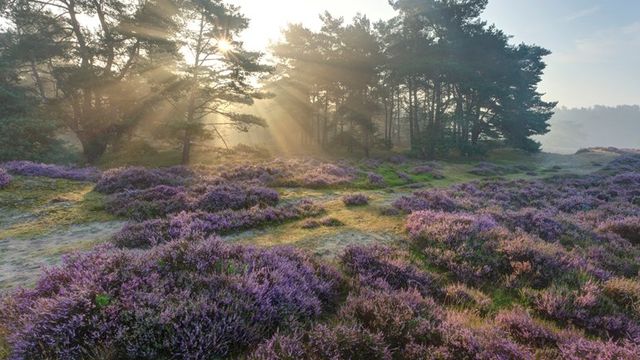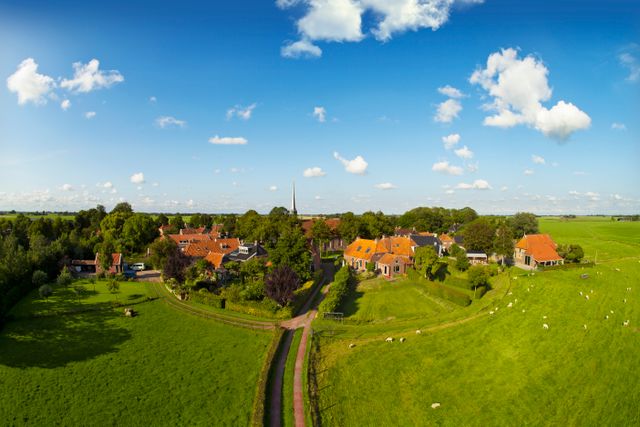Take in some extraordinary history
“ ''THIS PART OF GRONINGEN IS MADE FOR CONNOISSEURS. IF YOU ARE OPEN TO IT, YOU WILL DEFINITELY TAKE THE PEAT DISTRICT INTO YOUR HEART'' ”
True, not everyone is immediately smitten with the Veenkoloniën peat district. It takes a connoisseur to really appreciate it. But once you give it a chance, you are sure to take this area into your heart. For centuries on end, this land was covered with a thick layer of high moorland. Since the Middle Ages, the moorland has been cut and used as a fuel: peat. In the 19th century, the peat district developed into the cradle of Groningen coastal trade and agricultural industry. By then, turfhuts (huts made of sods of earth) had been a thing of the past for a long time, leaving it an area with plenty of activity.
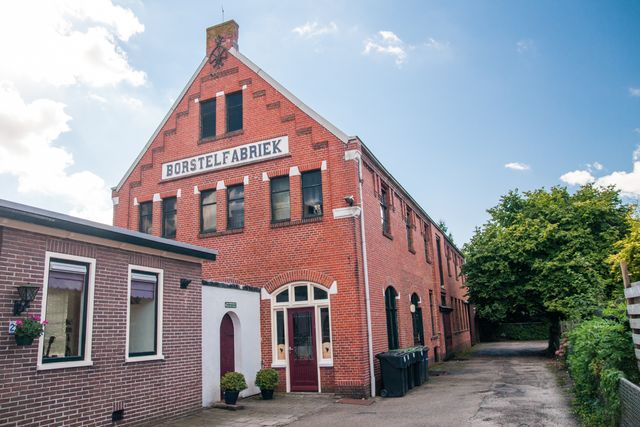
Veenkoloniaal museum
Be sure to stop at the Veenkoloniaal Museum in Veendam to learn more about peat extraction, the canals, inland shipping, the rich agricultural industry and shipbuilding industry. Each and every one of these aspects contributed to the making of the peat district. The museum is located in the former Dutch-Classical style Rijks Hoogere Burger School, which was designed by government architect J.A. Vrijman. After your visit, explore some of the places in the museum surroundings, where you will find lovely and spacious villas, in styles varying from Amsterdam School to Jugendstil. The Julianapark and the Hertenkamp deer park, which demonstrate Veendam’s ancient allure, are also highly recommended.
Borgercompagnie
Borgercompagnie is one of those places where one can drive straight on for kilometres on end and never be bored. How could you when you see the impressive Oldambt farms located by the linear village canal fringed with beautiful and leafy trees? The history of this villages goes all the way back to 1647, when Groningen city decided to gain a stronger hold on the Peat District. Nine civilians received permission to excavate the peat and they decided to unify in a company. This also explains the village name: borger (Dutch for civilian) compagnie (Dutch for company). In 1655, one of these civilians had a country house built here: the Welgelegen peat manor house. If you are tired of spinning those wheels and could do with a pause or a short walk, be sure to have a look in its French garden.
The Pekela's
Pekel is a Dutch word for salt, and the word is nothing more than a reference to the Pekel A: a brackish river in a peat area which for centuries was controlled by the Dollard estuary tides. In the 17th century, peat excavation mushroomed here and Groningen city purchased the greater number of grounds around the Pekel A. The area started flourishing two centuries later when all of the peat was gone. Shipping, trade and agrarian industry reigned supreme and the linear village of Pekela demonstrates the traces of this rich history. There is the raw strawboard factory Free & Co and the mighty farm barn De Volharding. Some people gathered enormous wealth here, as demonstrated by the Villa Elsa, which was built in 1902. It’s a sight for sore eyes, who would not want to live here? And we’d almost forgotten the captain’s house and Houtzagerij Nooitgedacht sawmill that are reminiscent of the once flourishing shipping and wood industry.
